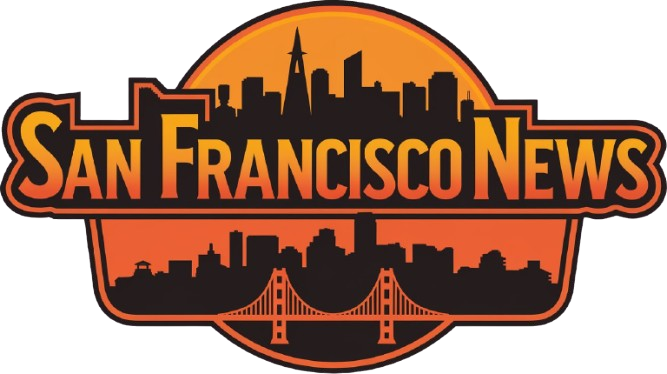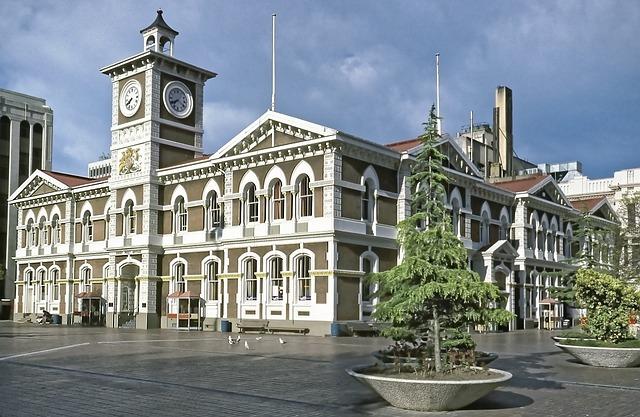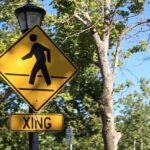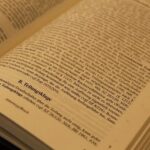A series of earthquakes has rattled the East Bay region in recent days, raising concerns among residents and experts about the potential for a larger seismic event. As the East Bay earthquake swarm continues, questions mount about how long the shaking might persist and what risks lie ahead for one of Northern California’s most densely populated areas. This article examines the current activity, expert assessments on the likelihood of a major quake, and what the community can expect in the coming weeks.
East Bay Earthquake Swarm Explained Understanding the Causes and Patterns
The recent surge in seismic activity across the East Bay region has captured public attention, triggering concerns about potential escalation. This sequence of quakes, often referred to as a swarm, differs from a typical mainshock-aftershock pattern by featuring numerous similar-magnitude events occurring in a relatively short period of time. Experts explain that such swarms are typically linked to complex underground fault interactions and fluid movements within the Earth’s crust rather than a single dominant fracture point. Understanding these underlying mechanisms is crucial for assessing future risks.
Key factors contributing to the swarm include:
- Shifts along minor fault strands connected to the larger Hayward and Calaveras faults
- Fluid pressure changes at depth, which can lubricate faults and promote slippage
- Stress redistribution caused by previous regional earthquakes
| Parameter | Observation |
|---|---|
| Duration of typical swarms | Days to weeks |
| Average magnitude range | 2.0 to 4.0 |
| Likelihood of large quake triggered | Low to moderate |
While earthquake swarms themselves rarely unleash devastating events, their occurrence often signals evolving stress conditions in the crust that could alter seismic hazard. Scientists continue to monitor the East Bay swarm closely, utilizing a dense network of seismometers and real-time data analysis to refine forecasts. The aim is not only to track the swarm’s potential duration but also to identify any indicators that might precede a significant seismic event, helping emergency responders and the public remain prepared.
Duration and Intensity What Scientists Say About How Long the Swarm Could Last
Seismologists emphasize that earthquake swarms, unlike isolated quakes, can vary widely in both duration and intensity. In the East Bay, this current cluster has already persisted for several weeks, with hundreds of minor tremors detected daily. Experts attribute this ongoing seismicity to the gradual adjustment of stress along complex fault lines beneath the region, which may cause the swarm to continue fluctuating for months. While the exact timeline remains uncertain, historical analogs of similar swarms in California suggest that activity could either taper off gradually or unexpectedly escalate in the short term.
Key factors influencing the swarm’s lifespan include:
- The rate of stress accumulation and release along local faults
- Subsurface geological conditions
- Interaction with nearby seismic zones
To provide more context, the table below outlines typical duration ranges observed in past earthquake swarms across California:
| Swarm Location | Duration | Peak Magnitude |
|---|---|---|
| Long Valley Caldera | 3-6 months | 4.5 |
| Salton Sea | 1-4 weeks | 4.0 |
| Lassen Volcanic Area | 2-5 months | 3.9 |
Although the swarm predominantly involves low-magnitude tremors, scientists caution that any swarm has the potential to culminate in a larger event. However, current models estimate the probability of a magnitude 6.0 or greater quake in the immediate weeks to be relatively low. Continuous monitoring remains crucial, as slight changes in seismic patterns could shift risk assessments rapidly.
Assessing the Threat Preparations and Safety Measures for a Potential Major Quake
Local authorities and emergency services are ramping up preparedness efforts as seismologists monitor the East Bay earthquake swarm closely. Experts emphasize that while the exact duration of the swarm remains uncertain, it highlights the need for residents and businesses to review and enhance their earthquake preparedness plans. Key safety measures being promoted include securing heavy furniture, creating family emergency plans, and maintaining emergency supply kits. Additionally, public awareness campaigns are increasing, focusing on the importance of “Drop, Cover, and Hold On” drills and encouraging community participation in local seismic safety workshops.
In parallel, structural assessments and retrofits are being expedited for critical infrastructure to reduce vulnerability to a potential major quake. The following table outlines safety priorities currently being addressed by city planners and emergency managers:
| Preparation Area | Current Status | Action Required |
|---|---|---|
| Public Communication | Enhanced alerts system active | Expand multilingual outreach |
| Infrastructure | Key buildings assessed | Accelerate seismic retrofits |
| Community Drills | Quarterly drills scheduled | Increase frequency & attendance |
| Emergency Supplies | Distribution points established | Promote household preparedness |
- Regular updates from the USGS and local agencies keep residents informed of seismic activity and risk levels.
- Targeted support for vulnerable populations to ensure access to resources during and after an earthquake.
- Collaborative drills involving schools, hospitals, and businesses to test response effectiveness.
To Wrap It Up
As the East Bay earthquake swarm continues to unfold, scientists emphasize the importance of remaining vigilant and prepared. While most of the tremors recorded so far have been relatively small, experts caution that the swarm could persist for weeks or even months, with the potential-though still uncertain-of triggering a larger event. Residents are encouraged to stay informed through official channels and review earthquake preparedness plans to mitigate risk. Ongoing monitoring and research will be critical in understanding the behavior of this swarm and its implications for the broader Bay Area seismic landscape.







